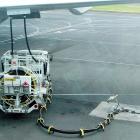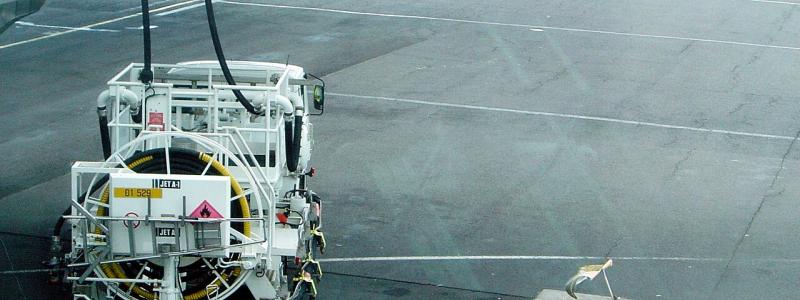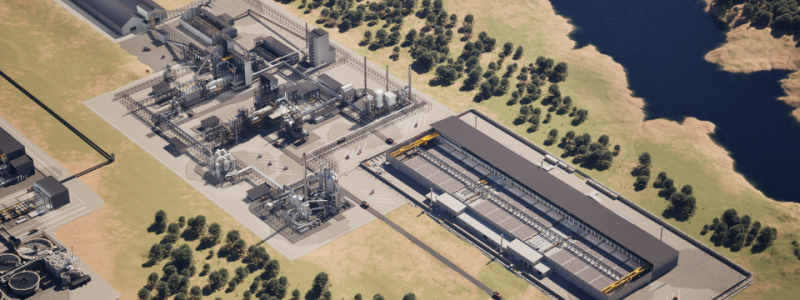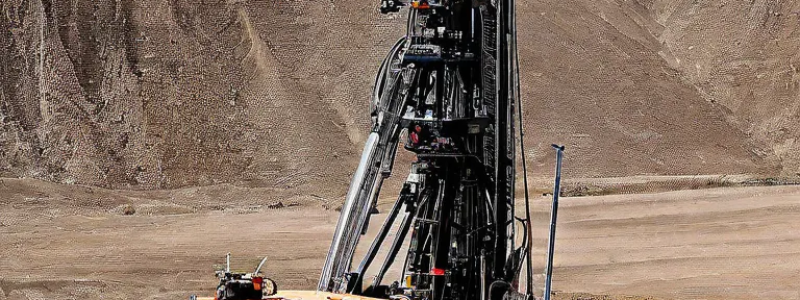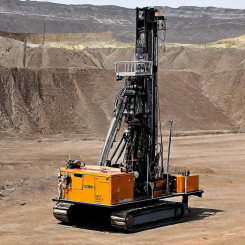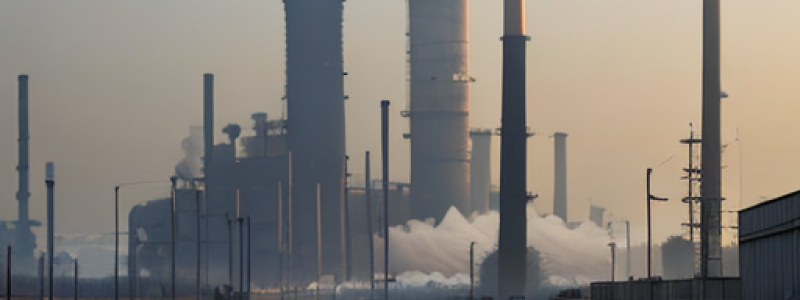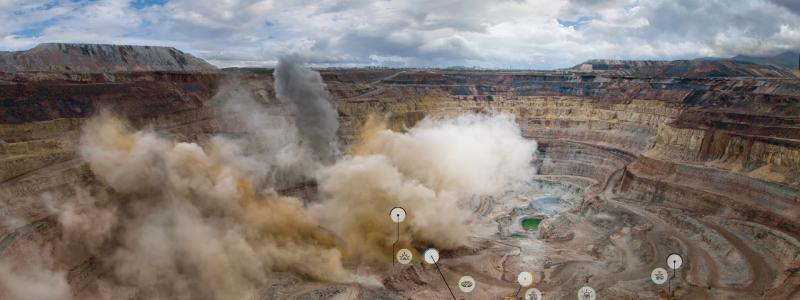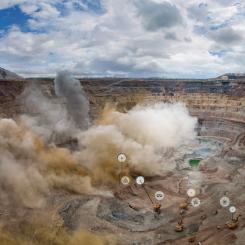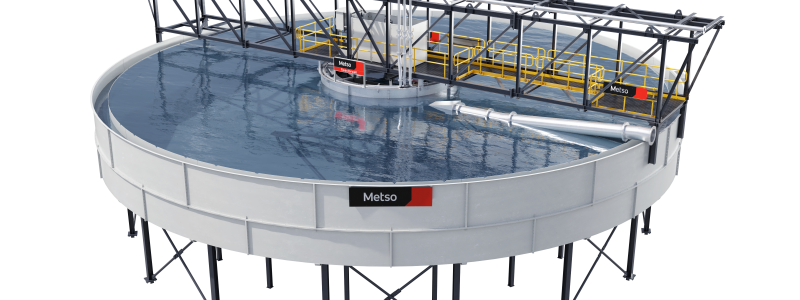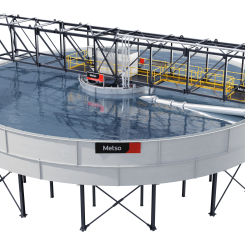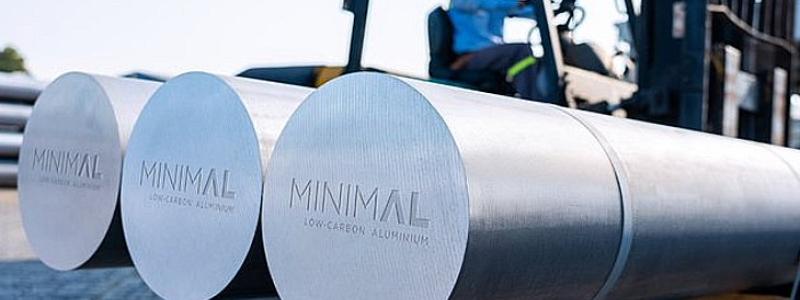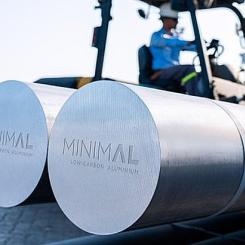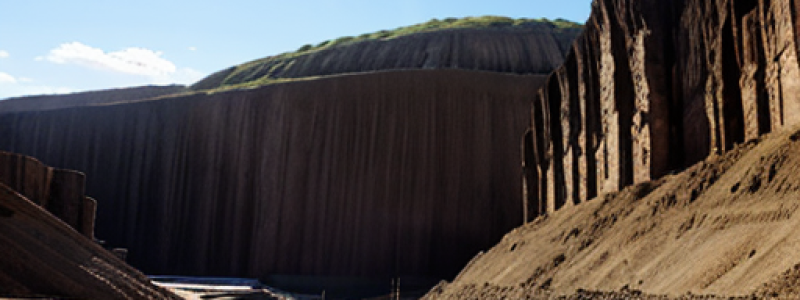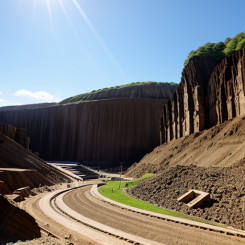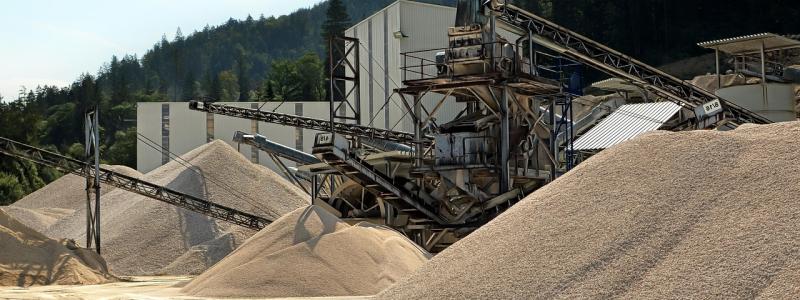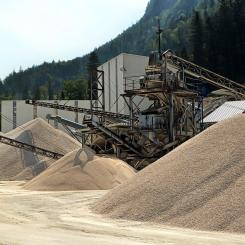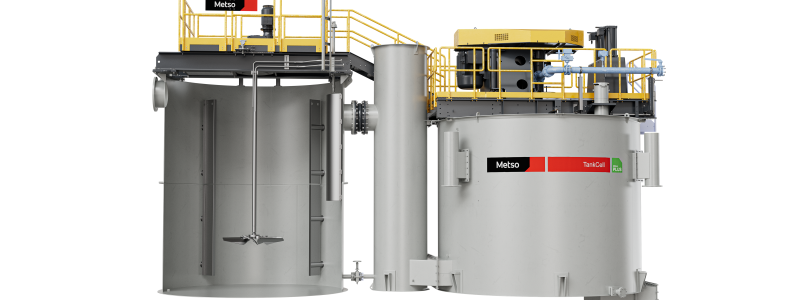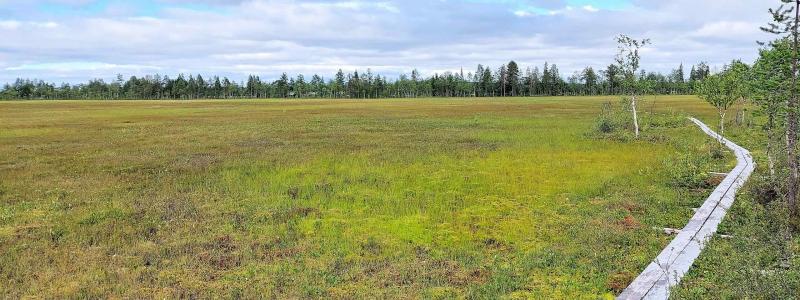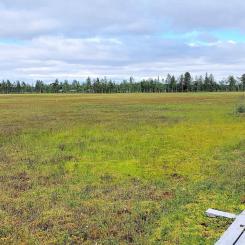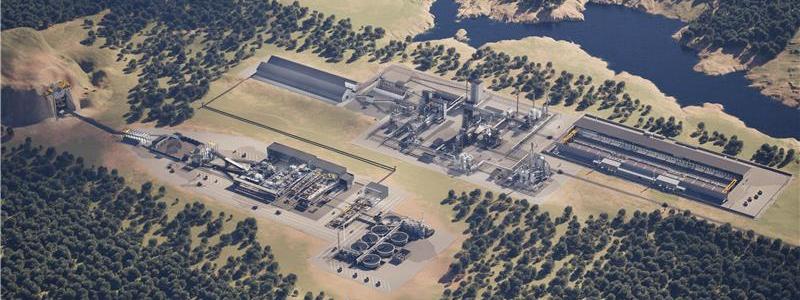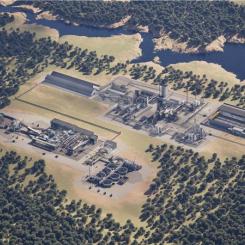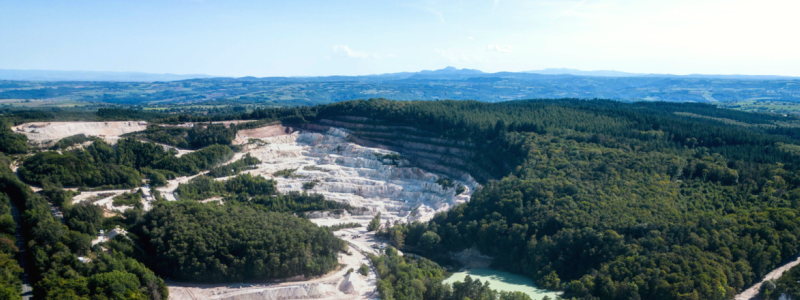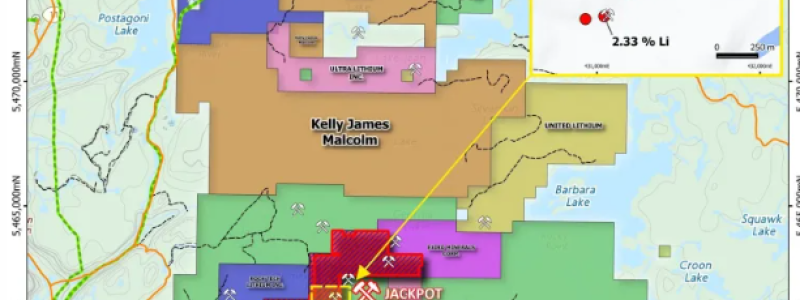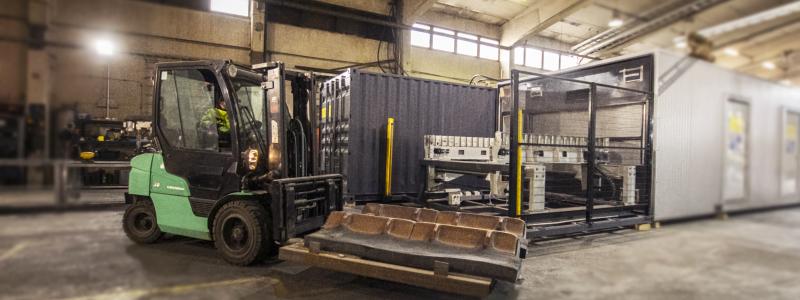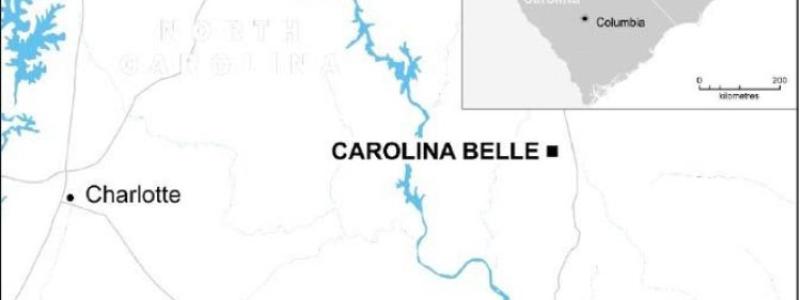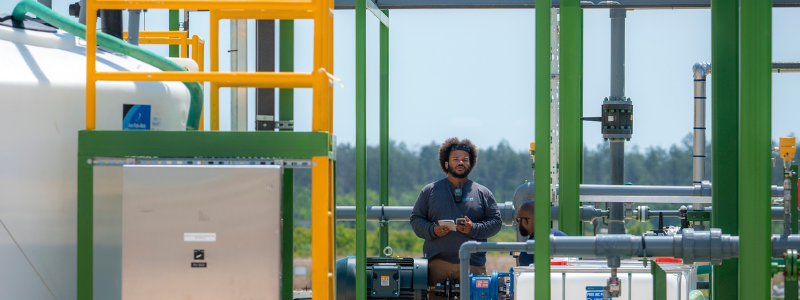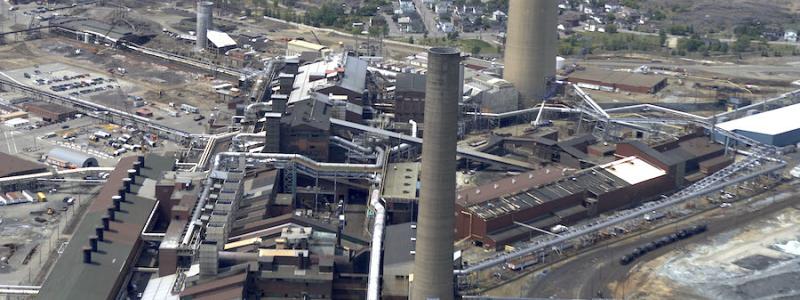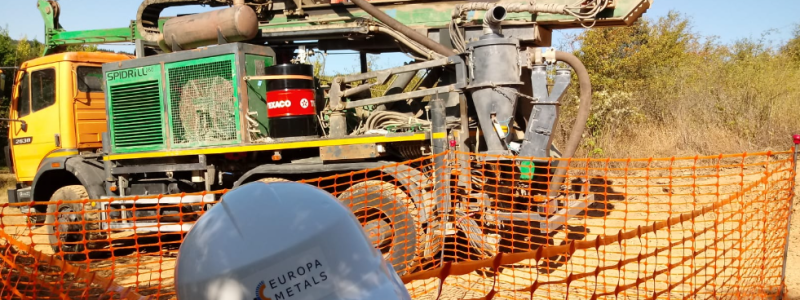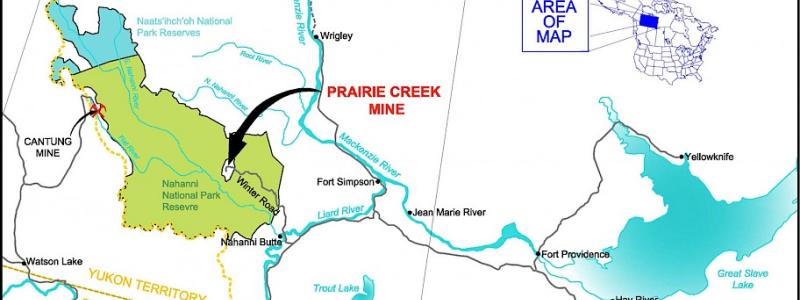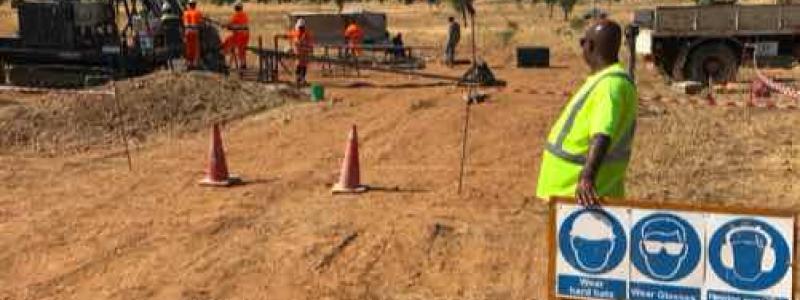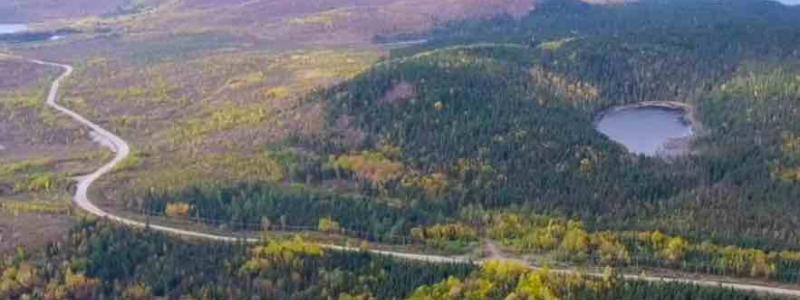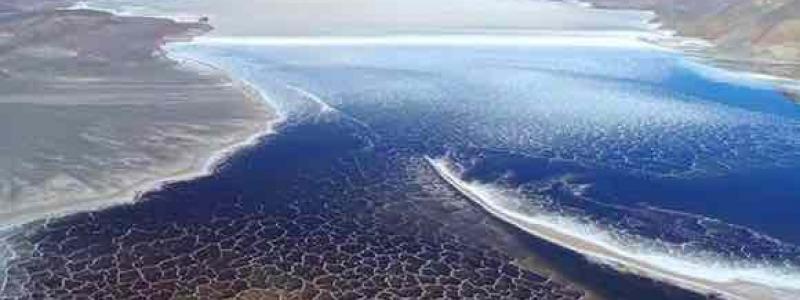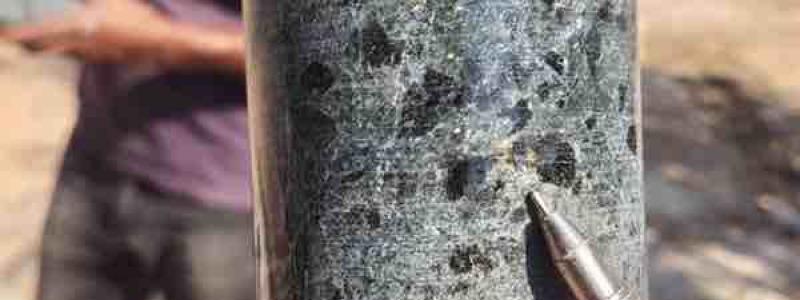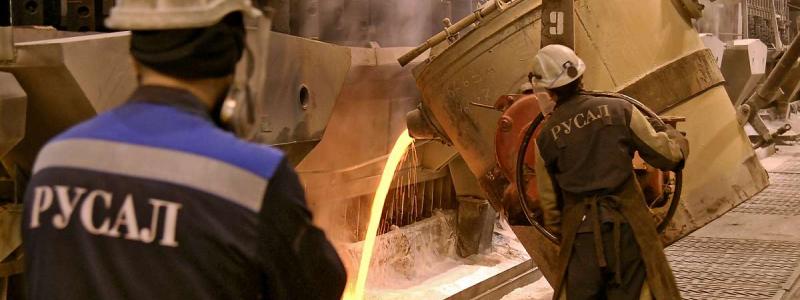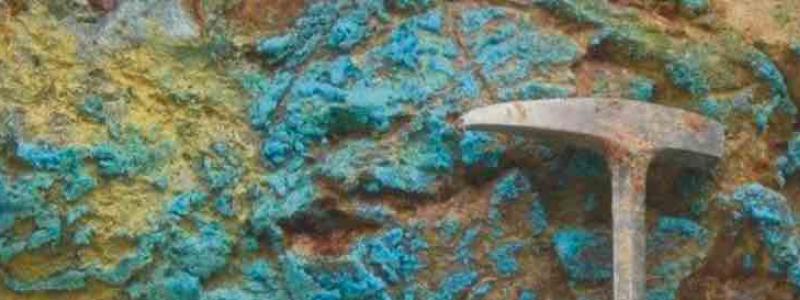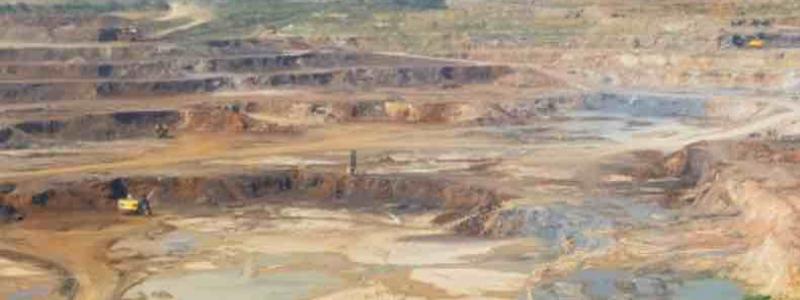Longyearbyen with more than 2 200 inhabitants is Svalbard's largest society. It is a small Norwegian city with strong international significance - more than a third of the inhabitants are foreign citizens.
Today, only one mine is in operation, Mine 7, but traces of mining are visible everywhere in the small town. Along the mountainsides, the cable car runs as previously transported coal from the mines down to the harbor. On the slopes, old plateau buildings cling to tall piles, it is the entrance to the oldest mines, today protected cultural monuments.
One of the abandoned mines, Mine 3, has been opened to visitors. The mine was in operation between 1971 and 1996, but inside the mine, it seems as if the business has stopped just recently
In Svalbard, humans, and animals try to adapt to climate change. The city of Longyearbyen adapts to a life after coal mining. The industry has ruled society over the past 100 years. "It was a company-town," says former mining worker Håvar Ferdingøy.
Longyearbyen could be like any small community in northern Norway. Small colorful houses and townhouses, the main street lined with shops and restaurants, a local newspaper, a cultural center. All this surrounded by staggering beautiful mountain peaks and deep fjords.
But the city also has a swimming pool, a school with 270 students, two-day care centers, a hospital ready to carry out operations around the clock and an airport of up to four departures per day. In other words, an infrastructure that most other Nordic small towns can only dream of.
The main reasons are the geographical situation and the Svalbard Treaty. To the nearest Norwegian city on the mainland, Tromsø, it is 960 kilometers. When an accident occurs, you have to manage yourself. The Svalbard Treaty is an international agreement that gave the eye group to Norway in 1920.
The agreement still affects today's life in Svalbard. Norway wants to maintain a "stable and robust Norwegian family-friendly society" in Longyearbyen to secure the Norwegian presence in the Arctic.
Earlier, until just a few years ago, the mining operation stood for stability. Since 1916, Store Norske Spitsbergen Kulkompaniet has started the economy, not rarely with the support of the owner, the Norwegian state.
Svalbard
Where: Range of 74 to 81 latitude, 1,300 kilometers from the North Pole.
Size: 61,000 square kilometers, 60 percent of the land area is covered by glaciers.
Protected: National parks and nature reserves cover around 65 percent of the land area.
Highest mountain: Newtontoppen (1,713 m above sea level) located on the largest island of Spitsbergen.



